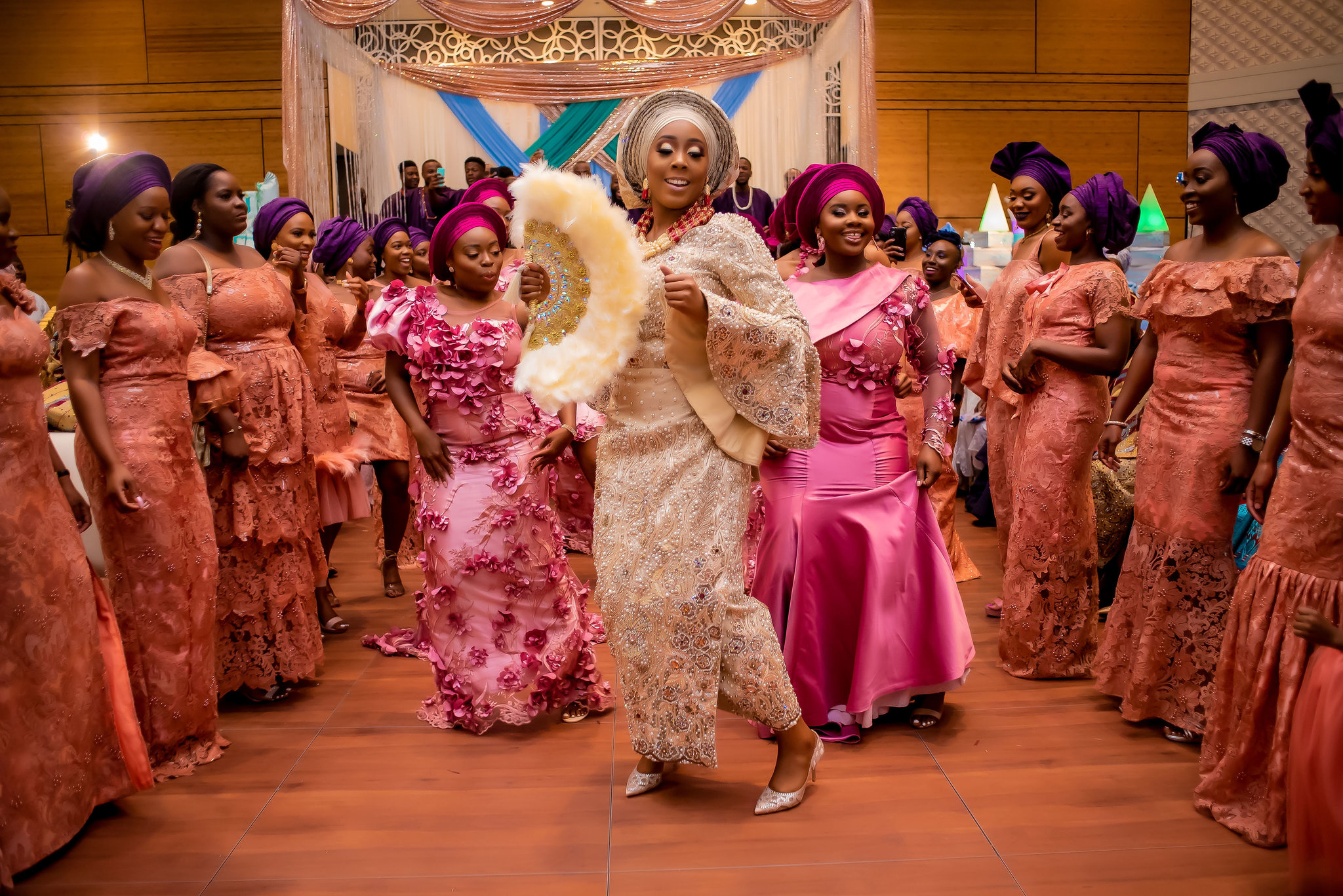Economists define stagflation as a period of slow economic growth, high unemployment rate and higher inflation. It is one of the worst kinds of economic state of affairs that often leads to poverty, insecurity and social-economic crisis. It is a sticky economic conundrum that is incredibly difficult to escape from.
The latest data from the National Bureau of Statistics reveal Nigeria barely slipped out of a recession in the 4th quarter of 2020 with a 0.11% GDP Growth rate. Despite being a welcome news, it is the slowest GDP Growth rate on record at least since 2011.
Earlier on, in the same week, the Statistics Bureau also released inflation data for the month of January revealing an inflation rate of 16.47%, the highest since April 2017, and affirming Nigeria’s galloping inflation status.
Nigeria is in a protracted state of stagflation and has been in the state since the Buhari administration came into power in 2015. Nigeria’s Gross Domestic product per quarter has averaged 0.18% in the last 6 years since this administration got elected into power. The Buhari government has also presided over a consumer price index change of 108.6%, meaning that prices of nearly every measurable item have doubled in the last 6 years.
Flashback to the first installment of General Buhari and the story is all too familiar. Nigeria’s GDP Growth rate for 1983, 1984 was -10.92% and -1.12% respectively. Annual inflation rate in the same period was 17.2% and 23.8% respectively.
Buharinomics is synonymous with Stagflation.
How did we get here?
While it all started from the drop in oil prices in 2014, a cocktail of economic policies from the Buhari-led administration is largely blamed for Nigeria’s economic quagmire. Since it came into power, the government has adopted economic policies that are centered around defending the local currency, import substitution and social spending.
For all its good intentions, these policies are pregnant with side effects that potentially erase its positives, turning into cancer of cataclysmic proportions.
For example, while the policy of defending the exchange rate stabilized the naira between 2016 and 2019, it cost the CBN trillions in interest payments and high cost of borrowing.
The high cost of borrowing is associated with higher inflation and stunted economic growth as small businesses cannot secure the funding required to expand and even when they do it is expensive.
The policy of promoting locally made goods over their foreign alternatives has also led to multiple bans of access to forex to imports, higher customs duties and taxes on imports and a crushing border closure all of which have combined to send inflation off the roof.
Nigeria’s inflation rate conundrum can also be traced to supply-side challenges such as insecurity, logistic gridlocks, corruption and inefficiencies at the Nations ports and an overall bitter experience in the nation’s ease of doing business.
How to get out of Stagflation
There is no clear-cut set of rules that can end stagflation however a rethink of the government’s approach to policymaking and implementation could be a good first step to control it, especially if the target is one of the major causes of stagflation, supply-side inflation.
To address Nigeria’s challenges with Stagflation, the Buhari Government will have to swallow its pride and relinquish trust in moribund policies that have not worked. Wholesome of Nigeria’s economic challenges are out of its control (like fall in oil prices) a huge chunk of it is self-inflicted and as such within its control. For example, it must fix the spate of insecurity around the country by being more deliberate with dealing with bandits, militant herdsmen and terrorists.
It must declare a national emergency in the nation’s ports and reduce the lead time to clearing goods for import or export. It must address the logistics issues affecting the distribution of farm produce from a place of planting to the destination of consumption.
Monetary policy restrictions stifling trade must be loosened and replaced with a reward policy system that encourages exports as against imports without banning cheap substitutes that have no local production advantage. We need new regulations and laws that favour private sector investments, protect property and enable capital formation. A case in point is the perennial PIB Bill that gets debated year after year.
These are not novel ideas within economic circles and as such cannot be that difficult to conceive and concede to doing. The challenges have always been the will and courage to act in defiance of snags such as vested interests, political ideology, endemic bureaucracy, and corruption. This government has shown in the past that it can roll back on unpopular policies except that it does it too late with not enough time to create a positive impact.






















NICE AND WELL WRITTEN